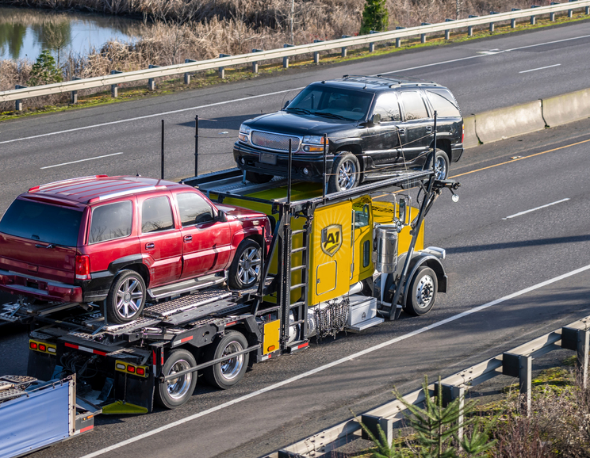Shipping a vehicle to the UK involves several key steps and considerations to ensure a smooth and efficient process. Whether you’re relocating, buying a car abroad, or moving a classic vehicle, understanding the logistics and regulations involved can help you navigate the process with ease. Here’s a comprehensive guide to help you ship your vehicle to the UK and make the most of services like those offered by A1 Auto Transport.
1. Understand the Shipping Process
Shipping a vehicle to the UK generally involves several steps:
- Preparation: Before shipping, ensure your vehicle is in good condition. This includes checking for leaks, ensuring the battery is charged, and removing personal items from the car.
- Documentation: You’ll need to prepare several documents, including the vehicle’s title, proof of ownership, and a bill of sale. You may also need an import declaration and proof of insurance.
- Choosing a Shipping Method: Vehicles can be shipped via sea freight or air freight. Sea freight is more common for international vehicle shipping due to its cost-effectiveness, while air freight is faster but more expensive.
2. Choose the Right Shipping Method
There are two main methods for shipping vehicles to the UK:
- Roll-On/Roll-Off (RoRo): This method involves driving the vehicle onto a specialized shipping vessel. It’s generally less expensive and suitable for standard vehicles.
- Container Shipping: For added protection, especially for high-value or classic cars, container shipping is recommended. The vehicle is placed inside a container, which provides extra security and protection from the elements.
3. Prepare Your Vehicle for Shipping
Proper preparation is essential for a successful vehicle shipment. Here’s what to do:
- Clean the Vehicle: A clean vehicle allows for a thorough inspection and helps identify any pre-existing damage.
- Document the Condition: Take photos of your vehicle from all angles and note any existing damage. This documentation will be useful if you need to file a claim for any damage incurred during transit.
- Remove Personal Items: Remove all personal belongings from the vehicle to avoid potential loss or damage.
4. Understand UK Import Regulations
The UK has specific regulations and requirements for importing vehicles. You’ll need to comply with customs regulations, which include paying import duties and VAT. The vehicle will also need to meet UK safety and environmental standards. Make sure to research and understand these regulations to avoid any issues upon arrival.
5. Arrange for Customs Clearance
Once your vehicle arrives in the UK, it must go through customs clearance. You’ll need to provide the necessary documentation and pay any applicable fees.
6. Register Your Vehicle
After clearing customs, you’ll need to register your vehicle with the UK’s Driver and Vehicle Licensing Agency (DVLA). This process involves submitting the required documents, including proof of import and proof of payment of import duties. Once registered, you’ll receive a UK registration number and can legally drive your vehicle in the country.
7. Consider Insurance
It’s important to have insurance coverage for your vehicle during transit. This can protect you from potential damage or loss. Check with your shipping company to ensure that insurance is included or arrange for additional coverage if necessary.
Conclusion
Shipping a vehicle to the UK requires careful planning and attention to detail. By understanding the shipping process, choosing the right method, and complying with import regulations, you can ensure a smooth and successful relocation of your vehicle.
With these guidelines, you’ll be well-prepared to handle the complexities of international vehicle shipping and enjoy a hassle-free move to the UK.


